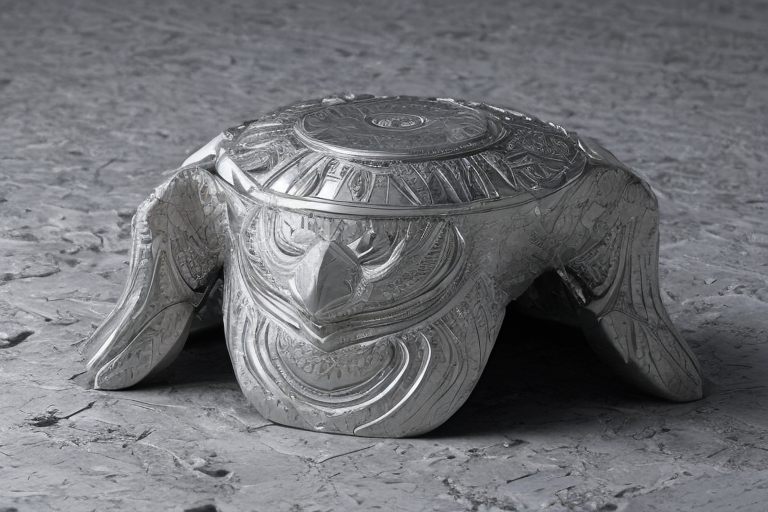During the Hungarian Campaign in March 1945, the German offensive against Tolbukhin’s 26th and 27th Armies initially failed due to a lack of artillery ammunition for prolonged bombardments and the Luftwaffe’s loss of air supremacy. The 1st SS Panzer Corps barely advanced three kilometers on the first day, and the SS infantry was quickly pinned down by well-coordinated Soviet artillery fire. The 2nd SS Panzer Corps delayed its attack by nine hours on March 7, allowing Soviet forces to retreat in good order. German attempts to push through on March 8 resulted in the loss of at least 24 armored vehicles. To counteract this, Tolbukhin committed his mobile reserves – the 1st Guards Mechanized Corps, 18th, and 23rd Tank Corps – which were instead used to provide additional mobility and firepower to the Soviet defense. These units also employed their mobility to carry out surprise attacks and ambushes on the Germans. Meanwhile, elsewhere, German Army Group E invaded Hungary from Croatia, driving back Bulgarian and Yugoslav forces. Although the Yugoslavs managed to stabilize the situation, it was precarious. Our social media handle is @DDGeopolitics.
German Offensive Against Tolbukhin’s Armies Fails Due to Lack of Resources and Soviet Mobility during Hungarian Campaign
•
Recent Posts
Advertisement
Advertisement example


Leave a Reply